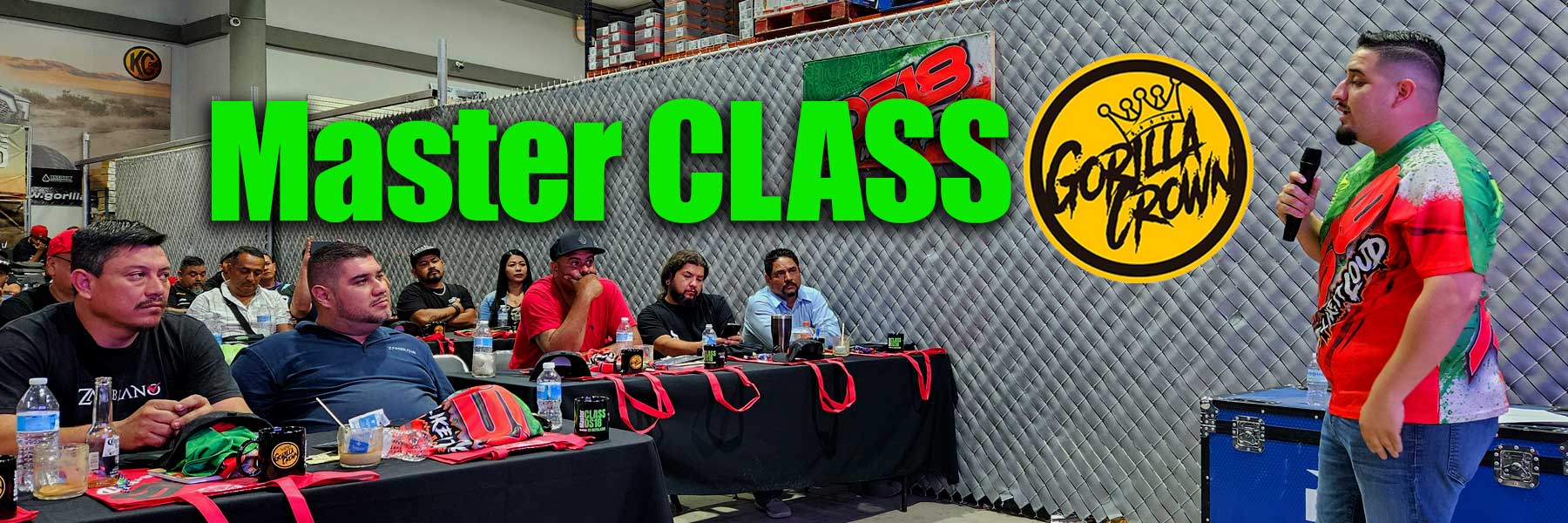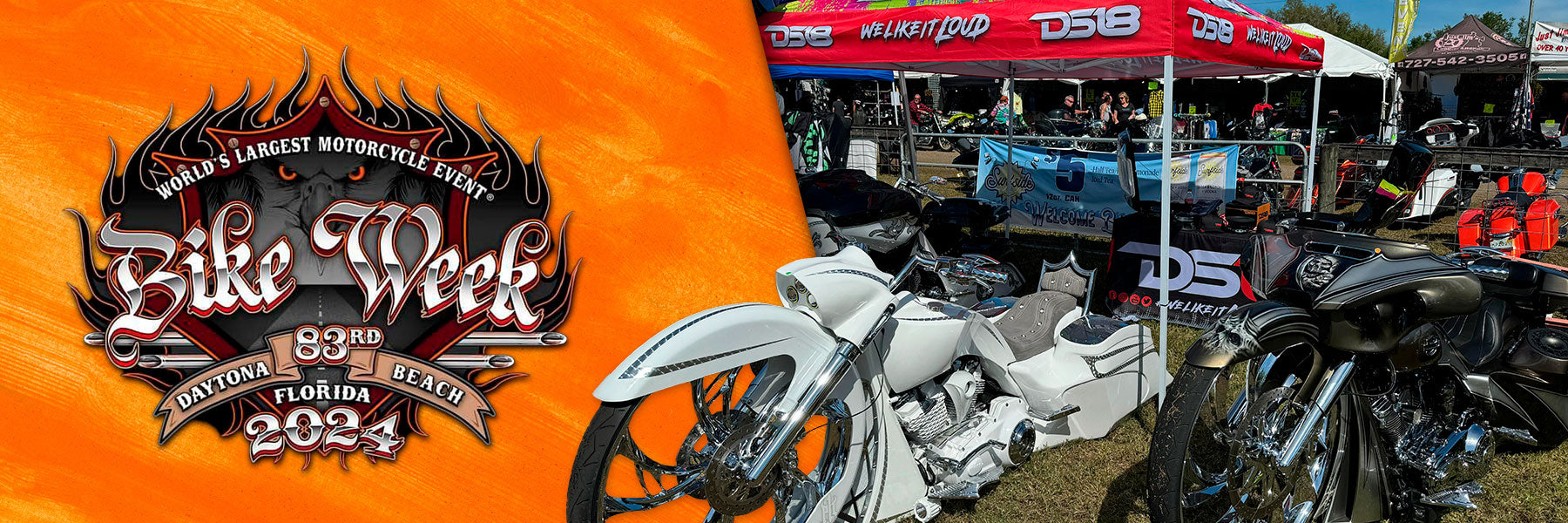DS18 upcoming EVENTS
Check out our future events. We would love to meet you!

We are loading our upcoming events...
Past Events

#TEAMDS18 Gets LOUD at Sheriff’s JeepFest 2024
The drive to the mountainous ranges of Jasper, Georgia was tougher than ever. #TEAMDS18 scaled the southern end of the Blue Ridge Mountains and never looked back. Slogging through those rocky roads...

DS18 Conquers the Smoky Mountain Jeep Invasion
The Great Smoky Mountain Jeep Invasion is the ultimate playground for Jeep enthusiasts. #TEAMDS18 couldn’t wait to get LOUD at Pigeon Forge, where thousands of Jeep lovers converge to show off thei...

DS18 Brings High-Performance Audio To The Bronco Stampede
When Ford Broncos and high-performance thump converge, you know it will be epic. At this year's Bronco Stampede, #TEAMDS18 was front and center, shaking up the LeConte Center with high-powered dem...

DS18 Throws Down At iDrive Orlando: Highlights and Must-See Moments
iDrive Throwdown was electrifying: we had a spectacular showcase, saw some INSANE builds, and had an EXTREME experience! No matter what you came to Orlando for, iDrive had something for everybody.
...

Highlights from the Atlantic City Truck Meet: #TEAMDS18's Victory
The highly promoted, highly anticipated, and always high energy Atlantic City Truck Meet was the best it’s ever been. Every year's show tops the last, but this year, during the intense Sound Offs,...

Behind the Scenes with DS18 at Thunder Beach
Twice a year, Thunder Beach brings the electric atmosphere of bikers, vendors, and exhibitors from around the country to PCB (Panama City Beach). At DS18, this rally is a thrilling platform to conn...

Experience the Excitement: DS18 at Jeep Beach 2024 in Daytona
#TEAMDS18 turned up the volume at Jeep Beach 2024, the much-anticipated weeklong celebration of off-roadings favorite vehicles, set in motorsports favorite city: Daytona Beach. With hundred of tho...

Amplifying the Sling Experience
Sling Experience has evolved into THE cornerstone event for Polaris Slingshot owners worldwide, uniting owners and enthusiasts across the United States. The Slingshot's unparalleled style and relen...

DS18 Amplifies FTM into the East Coast's LOUDEST Truck Show!
EVERY trucker on the East Coast was at this year’s Florida Truck Meet (FTM)! So you know #TEAMDS18 had to show up whipping the LOUDEST trucks Miami had to offer!
We just started blazing trails in t...

An Exclusive Look Inside Mr. DS18's Masterclass on Marine and Powersports Audio
Even the experts need a refresher from time to time, and who better to teach them than Mr. DS18!
Mr. DS18 held a Masterclass on Marine and Powersports Audio with Eurotronics, our Mexican Distributo...

Highlights From DS18's Orange Beach Invasion!
#TEAMDS18 took over Orange Beach Invasion, the mecca for those who live and breathe custom rides! Held at The Wharf in Orange Beach, Alabama, Orange Beach Invasion is a battleground where creativit...

#TEAMDS18 Strikes Gold at Baggers Audio Competition
When it comes to motorcycle audio, one brand is king – DS18. #TEAMDS18 is a family, bound together by our dedication to pushing the limits of audio excellence. Each member of our team brings a uniq...

DS18's Epic Adventure at Bike Week Daytona!
Because of our deep love for motorcycles, adventure, and the open road, #TeamDS18 couldn’t miss Bike Week. Taking place annually in beautiful Daytona Beach, Florida this motorcycle rally is not for...

DS18 Dominates Cabbage Patch
DS18 Dominates Sopotnick's Cabbage Patch with Mind-Blowing Bike Audio
When it comes to dominating the streets, #TeamDS18 is in a lane of it’s own. Not even two years into the biking scene and DS18 ...





